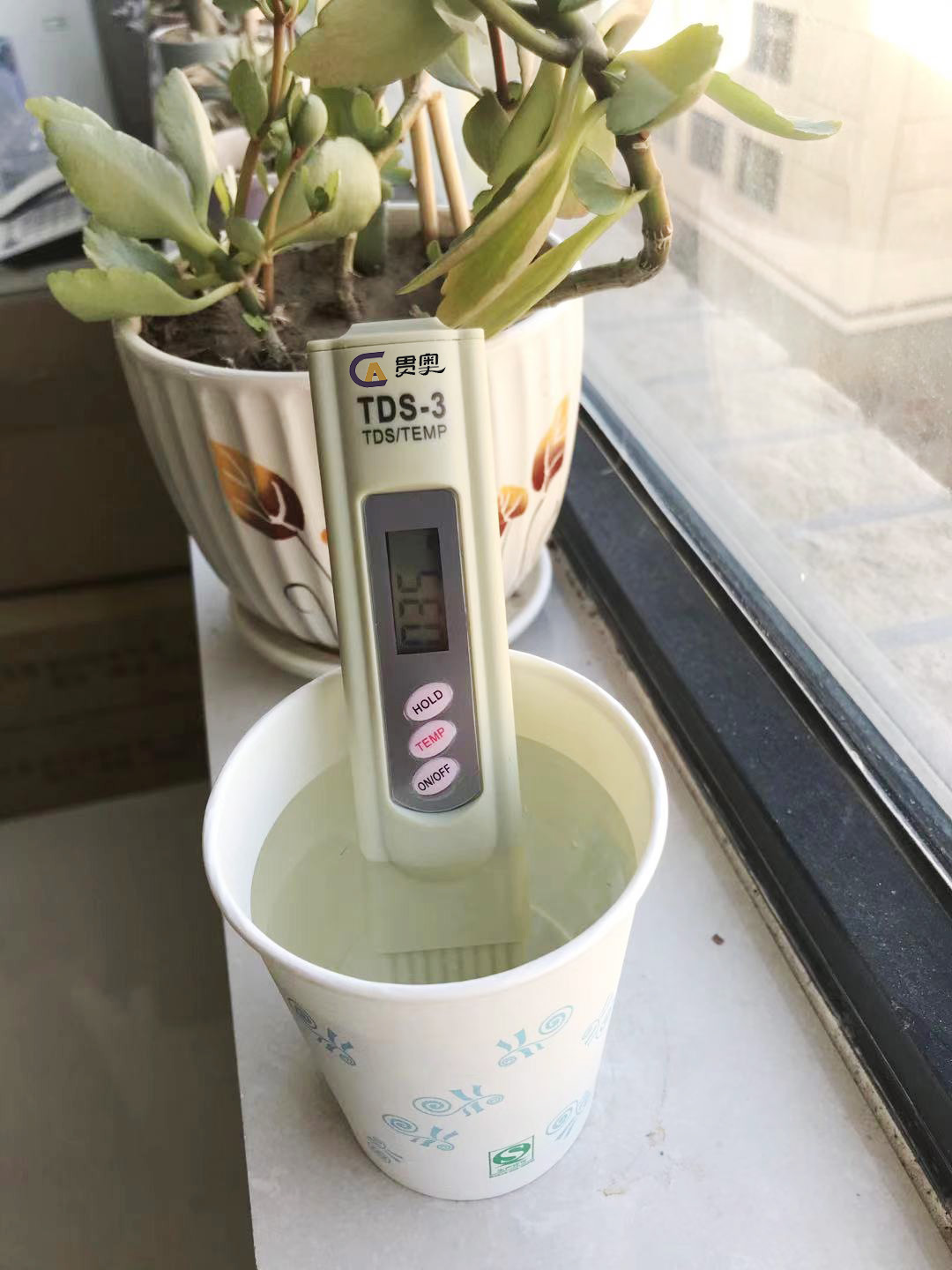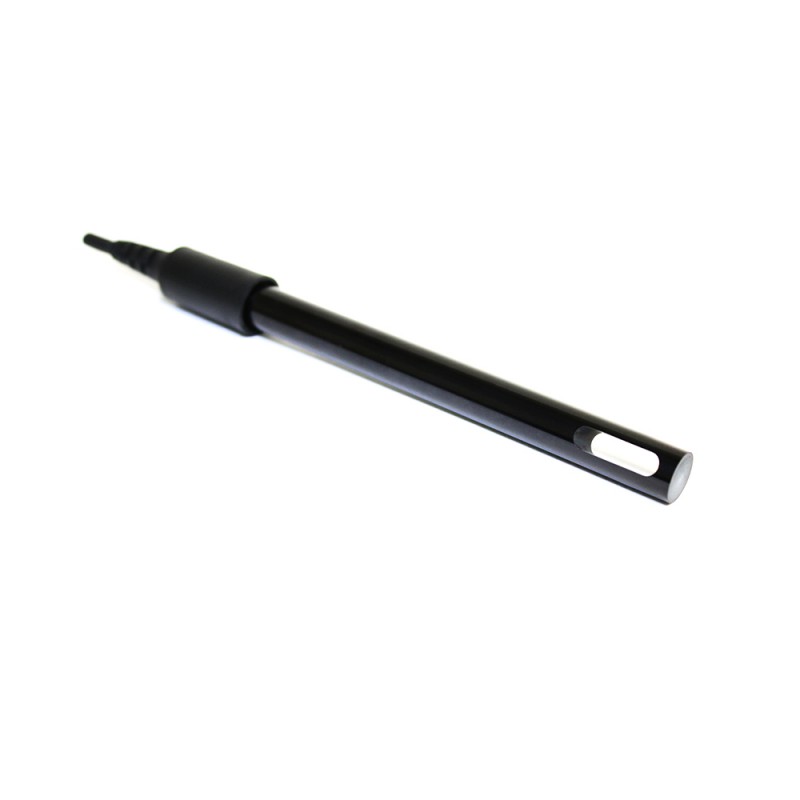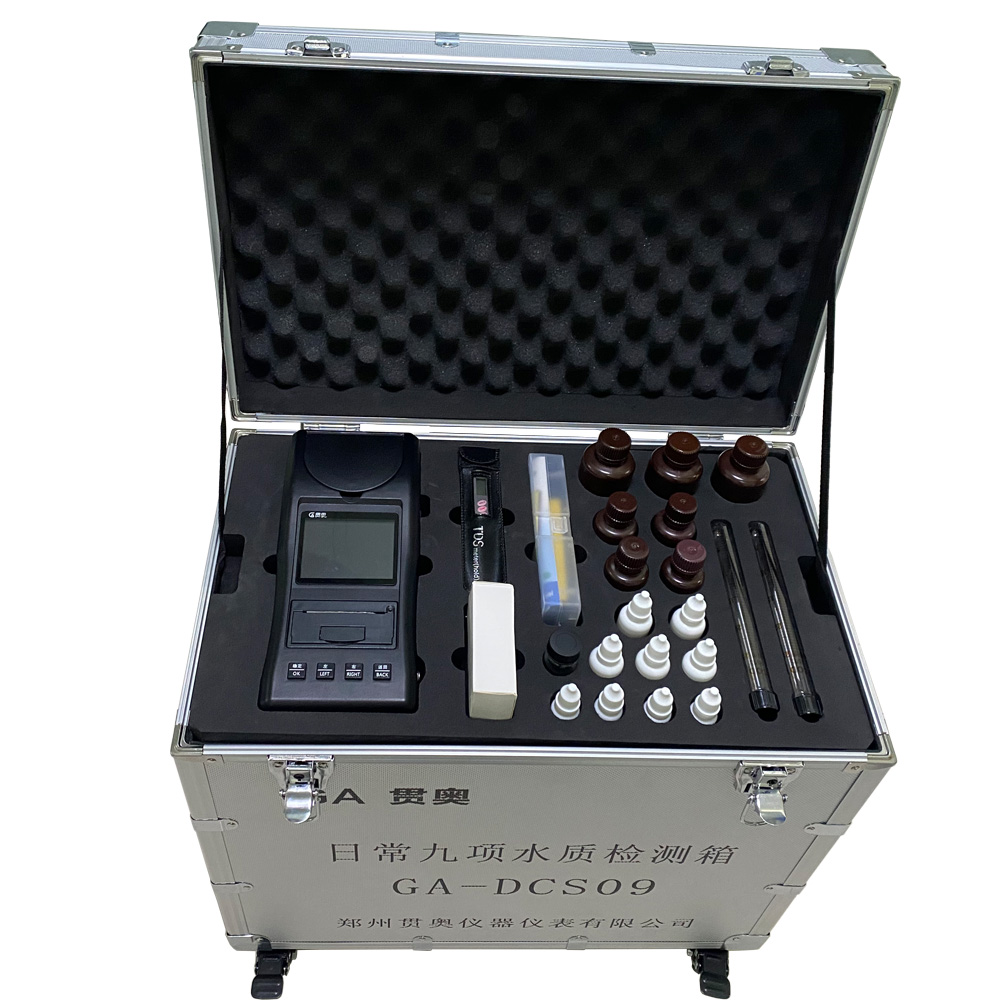 、
、1. Detection method of pure water conductivity
There are two commonly used methods for detecting the purity of water: one is chemical analysis, and the other is conductivity.The chemical analysis method can more accurately determine the composition and content of various impurities in the water, but if the analysis process is more complicated, the operation will be very cumbersome, and it is not suitable for rapid pure water quality testing.
At present, the conductivity meter is widely used, which has the characteristics of fast detection speed, long measurement time, and simple operation.
The electrical conductivity of water reflects the total amount of inorganic salts in the water and is an important indicator of water purity inspection. The smaller the conductivity of the water, the higher the purity of the water. The following is the conductivity range of various water:
|
Water sample |
drinking water |
Deionized water |
Pure water |
|
Conductivity(us/cm) |
5.3X102-5.0X103 |
0.8-0.4 |
5.5X10-2 |
Instruments and reagents used for testing the conductivity of pure water
1. Conductivity meter
2. Platinum black conductivity electrode
3. Thermometer
4. Small beaker
5.0.001mol.L-1KCL solution
6. Pure water

Second, the conductivity meter detects the quality of pure water steps
1. Determination of the conductivity cell constantTurn on the conductivity meter, wash the platinum black conductivity electrode with deionized water and blot it dry with a filter paper, preheat the constant temperature water tank, and adjust the temperature of the constant temperature water bath to 25 degrees Celsius. And before using the conductivity meter, you need to adjust the zero first, and then you can perform the measurement.
Wash the cleaned conductivity cell with deionized water 2-3 times, then with 0.02000mol.L-1KCL waste liquid twice, and then with 0.02000mol.L-1KCL solution once, and then pour the waste liquid into the collection bottle in.
Pour the KCL solution to be tested into the conductivity cell where the electrode is found. It is advisable to submerge the electrode. Place the conductivity cell in a 25°C constant temperature water bath, connect the electrode lead to the conductivity meter, and wait for the temperature in the conductivity cell. After the temperature of the constant temperature water tank is balanced, the conductivity of the KCL solution can be measured.
2. Determination of pure water
Wash the conductivity cell with the water sample to be tested, measure the conductivity of distilled water and tap water respectively, and read it a number of times per person. Note that the reading generally keeps the pointer in the middle of the meter and the error is small. If the pointer deflection is too small or too large, it can pass Shift adjustment.




